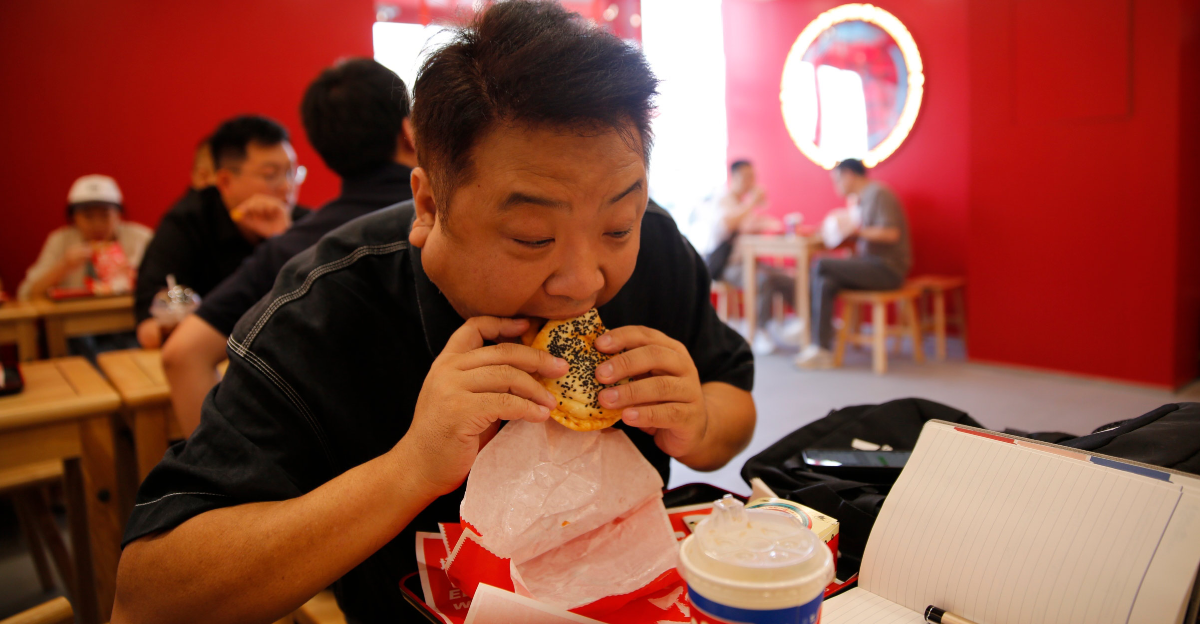
America’s fast food scene is quietly undergoing a major shake-up. Once-thriving chains are shuttering stores, filing for bankruptcy, and vanishing from the map, often with little warning.
Behind the headlines is a deeper story of shifting tastes, economic pressure, and changing values. As more than 1,000 locations close each year, the golden age of fast food is ending. What does this unraveling mean for America’s cultural and culinary identity?
#1 – Subway

Subway built an empire on speed, simplicity, and ubiquity. At its peak, it had more locations than McDonald’s worldwide. But a franchise-heavy structure led to uneven quality, and fresher, more flexible competitors began stealing market share. Even a full menu overhaul and glossy store redesigns couldn’t stop the bleeding. As health-conscious and diverse options dominate, many Subways will close by 2025, a dramatic fall for the sandwich king.
#2 – Quiznos
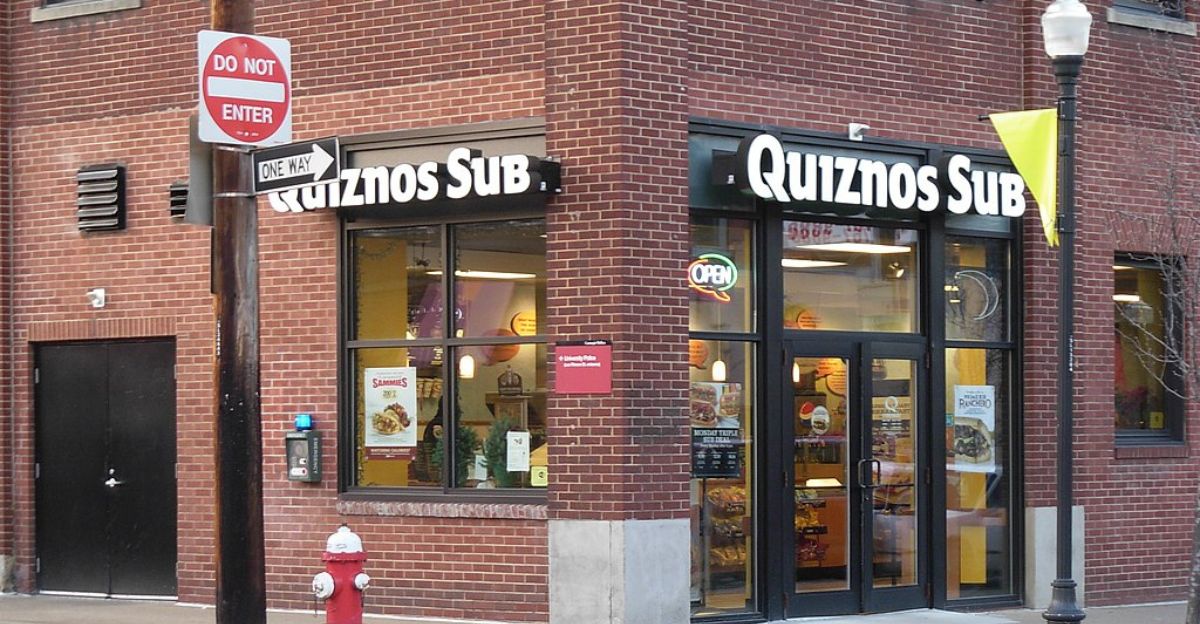
Quiznos once threatened to topple Subway with its toasted subs and flavorful menu. But behind the scenes, franchisees were crushed by a system that forced them to buy overpriced supplies. While customers loved the food, store owners couldn’t survive. From a high of 4,700 U.S. locations, Quiznos has collapsed to under 200, a staggering 96% drop and a cautionary tale of corporate greed cannibalizing its own.
#3 – Hooters
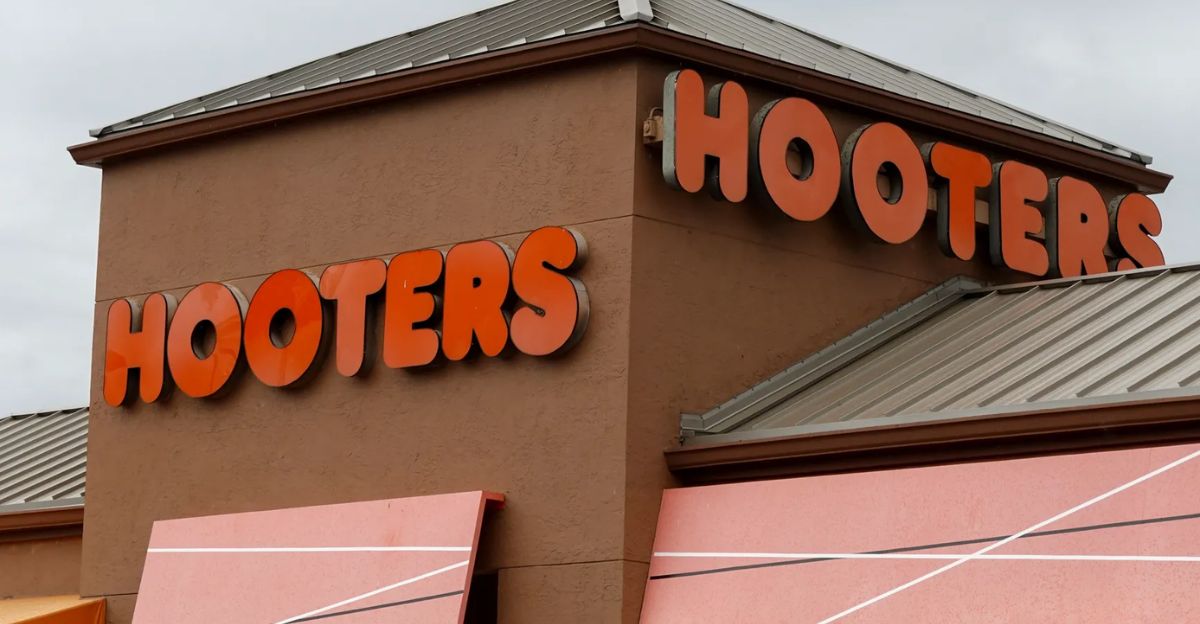
Hooters’ appeal once relied on a cheeky, outdated formula. But times changed, and the brand didn’t. After filing for bankruptcy in March 2025 and closing 30 locations soon after, it’s now attempting to rebrand as a franchise-focused business. Yet the core aesthetic clashes with modern values. As younger diners demand authenticity and inclusion, Hooters struggles to find relevance in a post-male-gaze dining era.
#4 – Sbarro
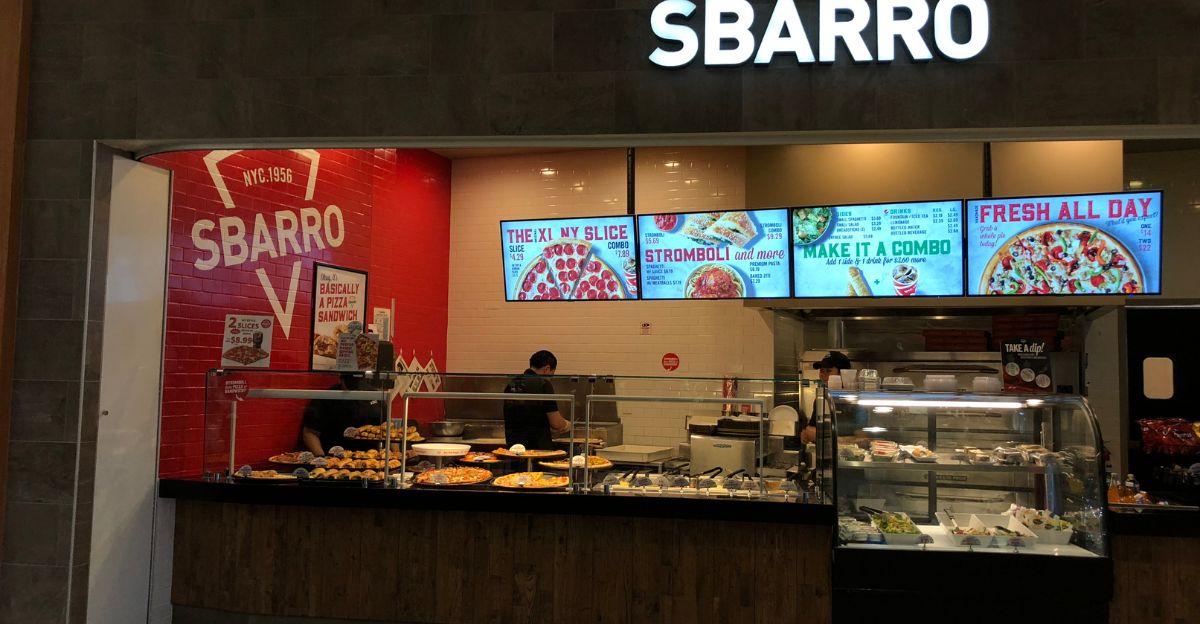
Sbarro’s rise was built on food courts and captive foot traffic. But with shopping malls in steep decline, that model has crumbled. In its third bankruptcy in recent years, the chain closed 155 company-owned locations. Convenience, once its greatest asset, is no longer enough. Sbarro hasn’t reimagined its identity, and without high-traffic venues, it’s running out of places and reasons to exist.
#5 – Boston Market
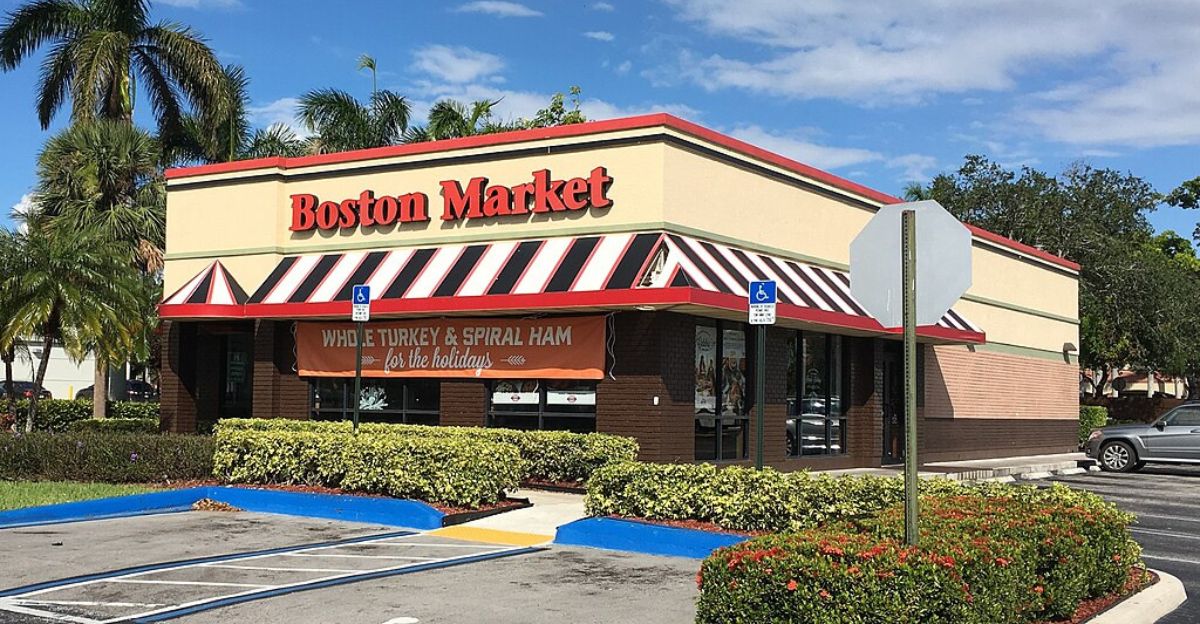
Boston Market promised homestyle meals in a fast food world, but today, it’s more of a memory than a meal. Seized headquarters, millions in vendor lawsuits, and unpaid taxes reflect a company in freefall. Some franchises have even resorted to serving grocery store food. Once a comfort food destination, it now symbolizes how quickly brand trust can evaporate when operations collapse behind the counter.
#6 – Fazoli’s
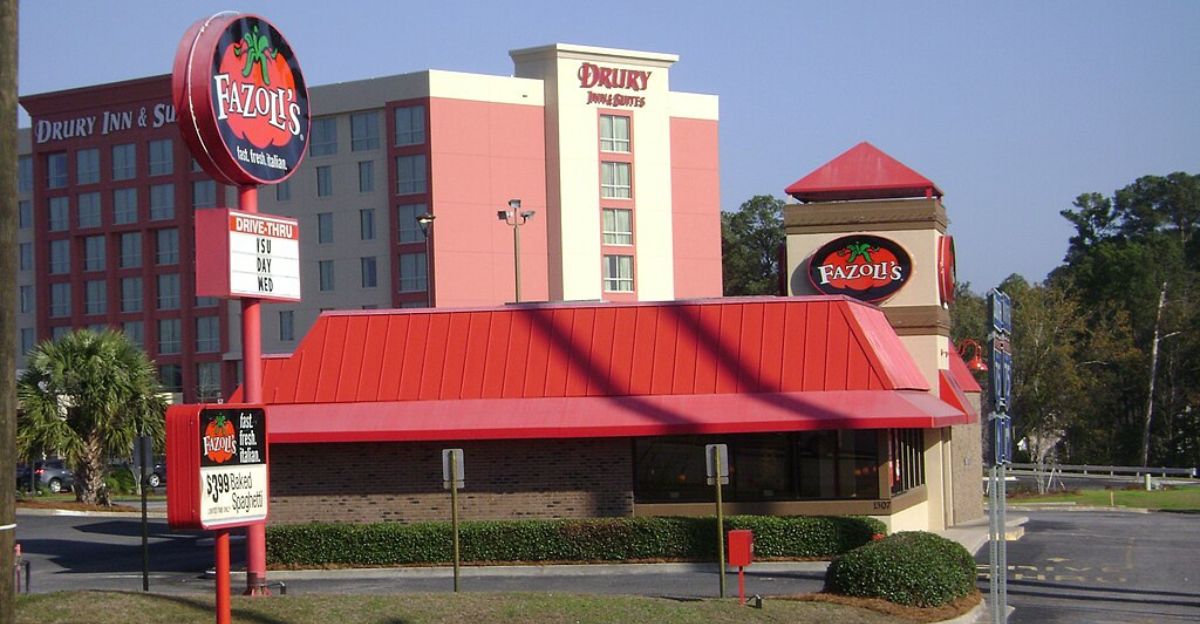
Fazoli’s might be the strongest weak link. Though its remaining stores are seeing a 20% bump in average sales, the chain continues to shrink. It’s a textbook case of the “survivor effect,” where only top-performing locations remain. But strong numbers can’t mask a retreat. The fast-casual Italian brand is quietly fading, hanging on with a loyal core but losing the broader battle for relevance.
#7 – Krystal

Krystal, one of America’s oldest fast food chains, filed for bankruptcy with $50–100 million in debt. Blaming changing tastes and app-driven dining habits, it’s clear the brand didn’t adapt. Small burgers and drive-thrus can’t compete with delivery-first trends, and nostalgia can’t save what convenience now defines. Krystal’s legacy may soon be a footnote in the age of digital dining.
#8 – Jack in the Box

Under the cheerful slogan “Jack on Track,” Jack in the Box announced it would close up to 200 aging locations. Many are decades old, relics of an expansion model built for the suburbs. But suburbs have changed, and so have customers. Rather than refreshing its brand, Jack is retreating, revealing how fast food real estate, once an advantage, is becoming an albatross.
#9 – Wendy’s
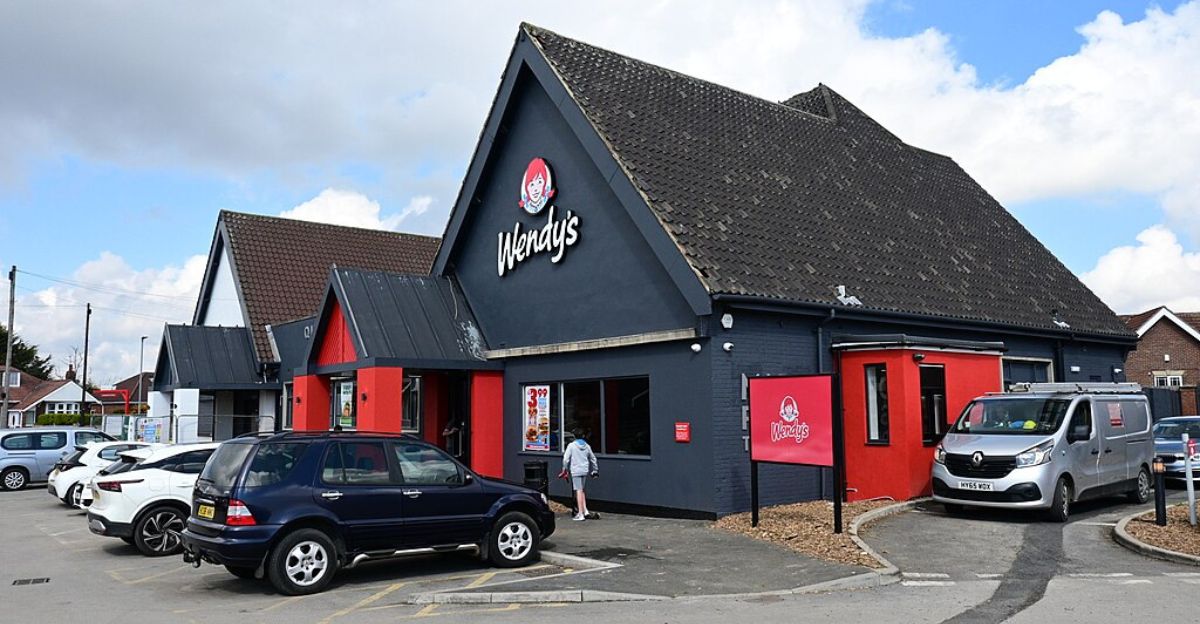
Wendy’s shuttered 140 underperforming locations in 2024, even as it broke ground on new ones. The paradox speaks volumes. Leaders claim it’s a pivot, but it suggests deeper instability. As foot traffic declines, the chain is doubling down on expansion instead of reinvention. Wendy’s iconic square burgers and Frostys may survive, but the brand is burning through its future to mask present flaws.
#10 – On the Border

Specialization once helped On the Border stand out. But now, with rising wages, labor shortages, and shrinking traffic, the chain is under water. Its 2025 bankruptcy followed the closure of 40 locations. Fresh ingredients and skilled prep work make Tex-Mex hard to streamline, and harder to sustain in today’s economy. Even niche players are vulnerable when the entire system tilts.
#11 – Ruby Tuesday

Ruby Tuesday’s decline is happening in near-silence. Over 150 locations have closed since 2020, often without announcements or public acknowledgment. One day they’re listed online; the next, they’re gone. It’s a quiet exit strategy, one that reflects how mid-tier casual dining is being squeezed from both sides. Neither fast nor premium, Ruby Tuesday no longer fits into the American dining puzzle.
#12 – eegee’s
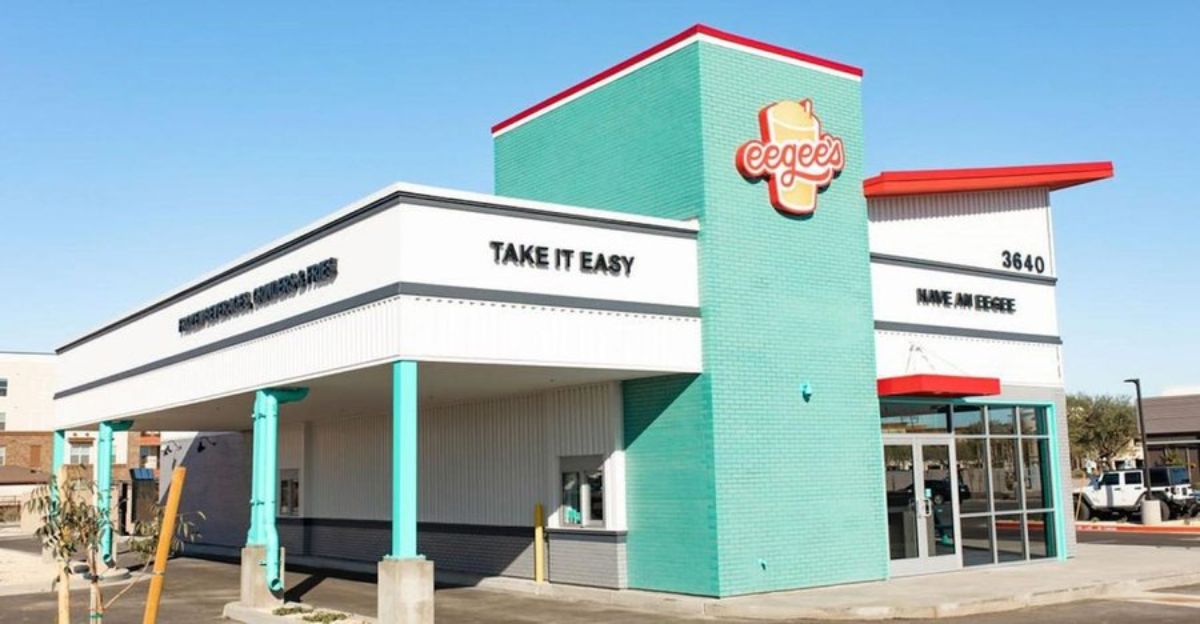
Arizona’s eegee’s was a local treasure, famous for frozen fruit drinks and subs. But after being acquired by private equity, the chain’s soul eroded. With five closures and a bankruptcy filing, eegee’s now follows a pattern familiar to many: cost cuts, quality drops, and lost loyalty. Regional strength wasn’t enough to protect it from financial decisions made far from home.
#13 – Blimpie

Before Subway’s rise, there was Blimpie. Founded in 1964, it once boasted more than 2,000 locations. Today, it has just over 100. Mismanagement led to debt, missed supplier payments, and rapid-fire franchising as a survival tactic. But short-term fixes destroyed long-term trust. The chain that helped popularize the sub sandwich now serves as a warning about growth without sustainability.
#14 – Fuddruckers
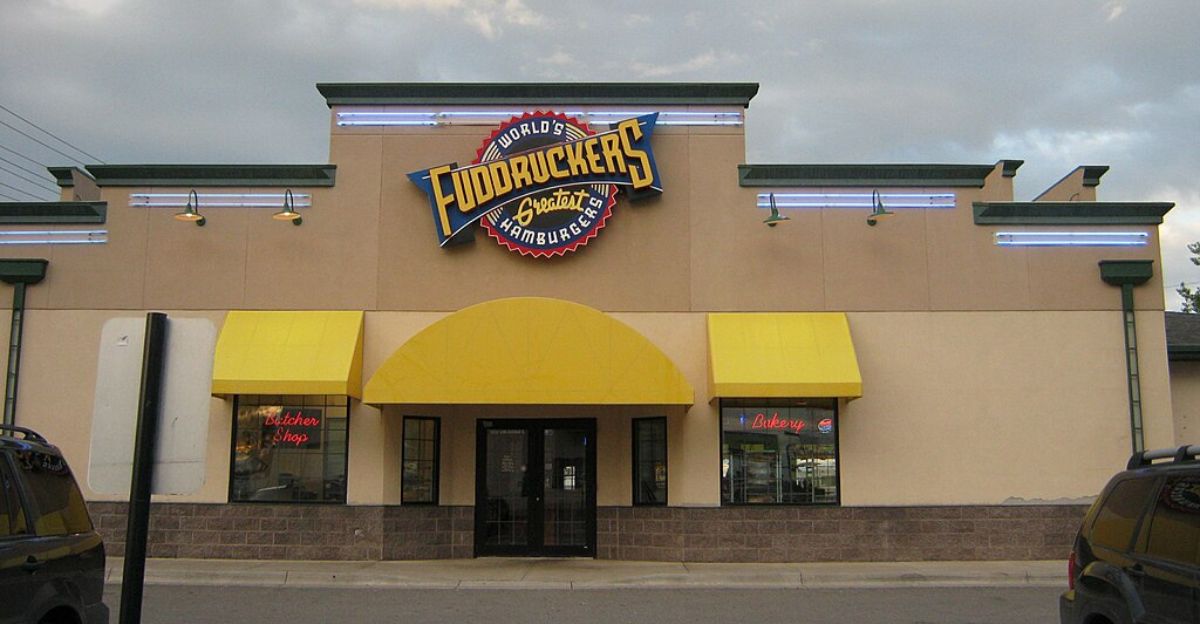
Fuddruckers pitched itself as the home of the “World’s Greatest Hamburger,” but that slogan couldn’t save it from corporate limbo. Sold for $63.45 million, then trapped in the liquidation of parent company Luby’s, the brand was left adrift. As ownership bounced around, diners walked away. Fuddruckers didn’t just lose its edge, it lost its place on the American dining map.
#15 – Schlotzsky’s
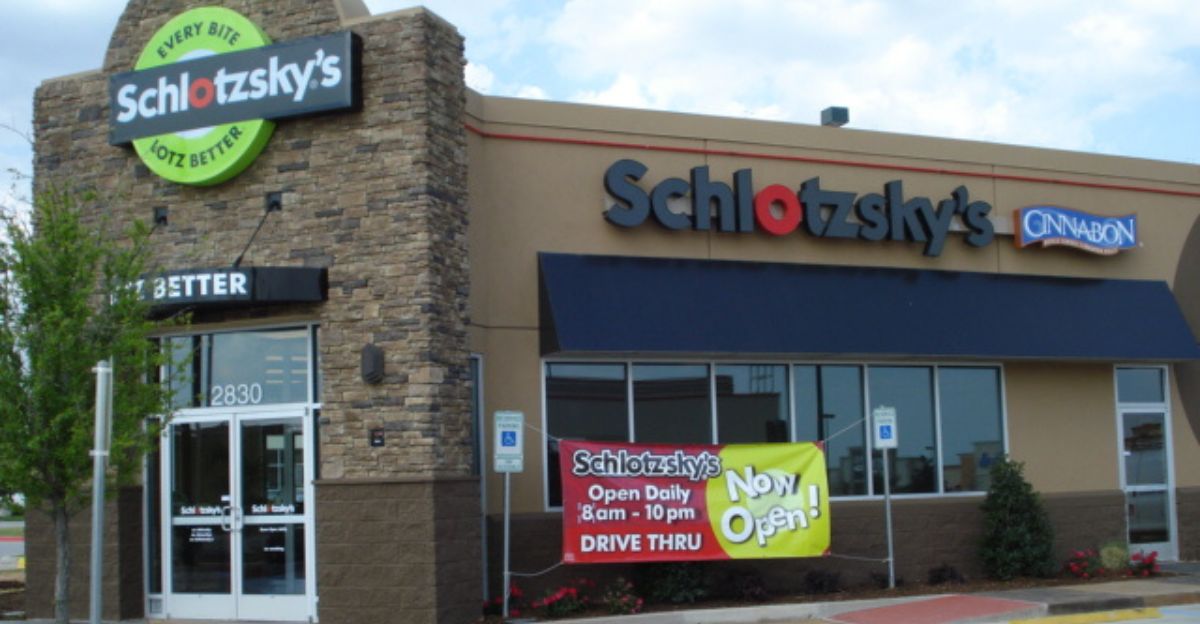
Known for its quirky deli sandwiches, Schlotzsky’s fell from 759 restaurants to under 500 before filing bankruptcy. The $28.5 million sale that followed left shareholders with nothing and franchisees struggling. Behind the deli’s decline is a familiar story: debt piled up, leadership faltered, and once-loyal fans were left watching another beloved name fade from their towns.
#16 – Steak ‘n Shake

Steak ‘n Shake once thrived on nostalgia, burgers, milkshakes, and diner charm. But when it poured $50 million into kiosks to cut labor, the move backfired. Customers faced longer waits and higher prices, while the chain closed 30 more stores. The brand’s attempt to chase modern efficiencies clashed with its old-school appeal, leaving it stuck between two worlds and losing ground in both.
#17 – Long John Silver’s
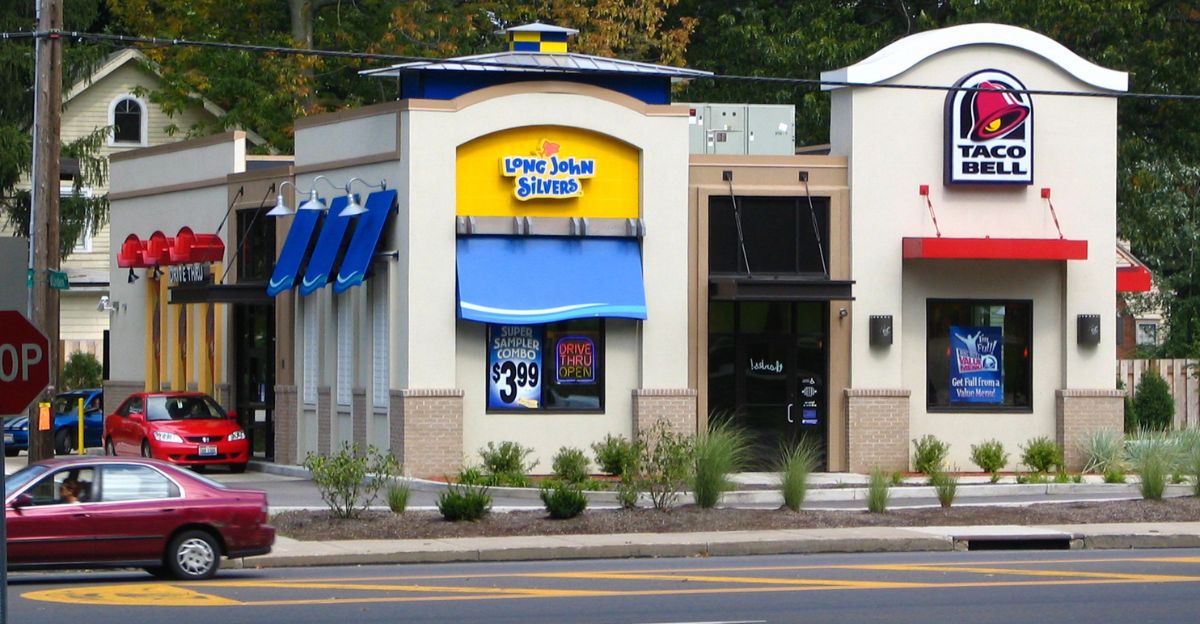
America’s biggest seafood chain once boasted 1,500 stores. Today, it’s down to around 700. Long John Silver’s decline began in the late 1980s and never truly reversed. Passed from one owner to another, it never modernized its menu or branding. In an era of evolving palates and dietary demands, the chain’s limited offerings and outdated image have made it easy to forget.
Turning the Tide
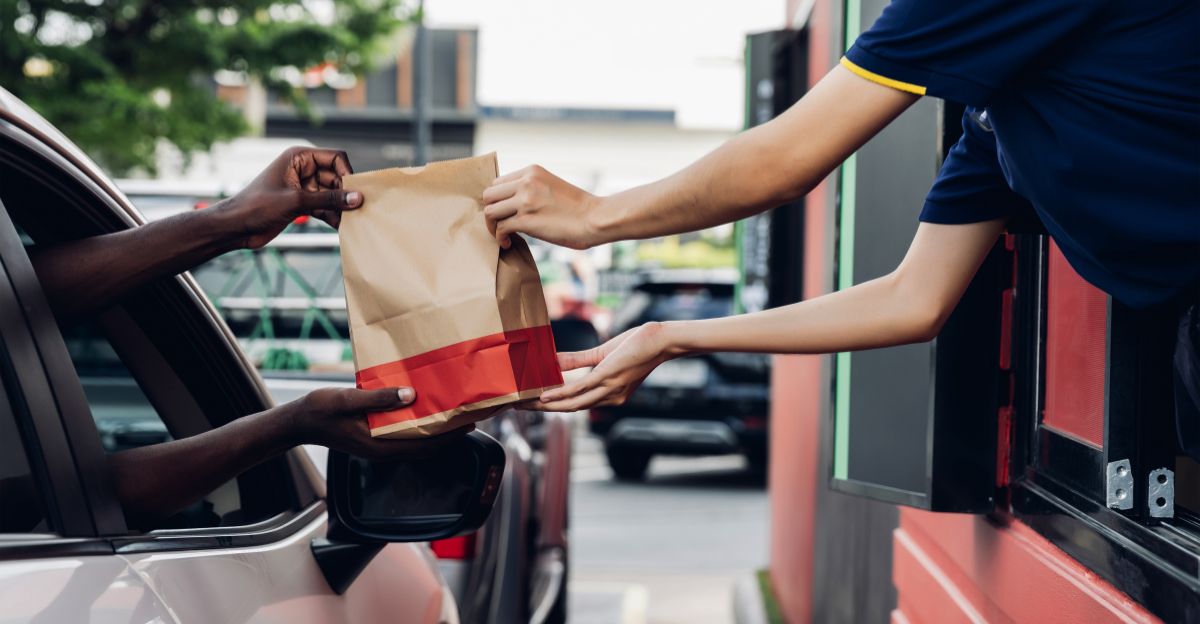
While many fast-food chains are facing closures and uncertainty, others are thriving, expanding, and redefining what it means to be successful in this industry. These chains have adapted to changing tastes, embraced new technology, and have spent years building strong fan bases. Now, let’s take a look at the fast-food chains that are flourishing and probably won’t close their doors any time soon.
1. McDonald’s
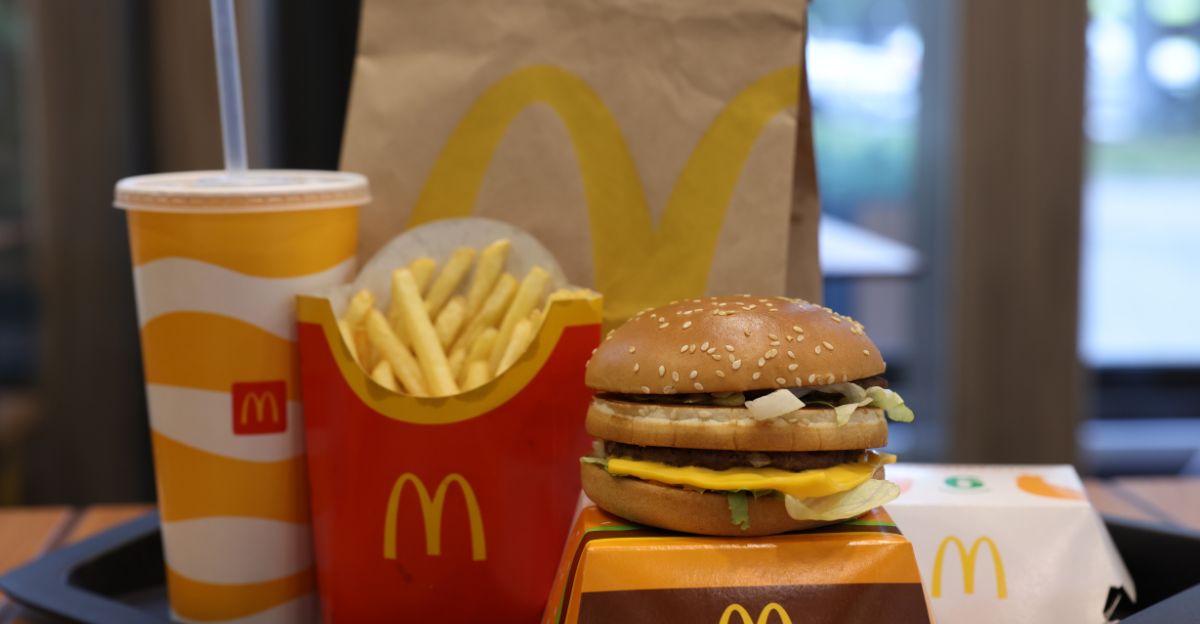
McDonald’s has been around for over eight decades and continues to dominate the fast food landscape. It has over 13,000 U.S. locations and has expanded worldwide. This brand is so successful thanks to its digital ordering, innovative menu additions, and a robust loyalty program. Not to mention delicious food! By embracing trends like plant-based options and delivery partnerships, McDonald’s has remained a household name.
2. Chick-fil-A

In recent years, Chick-fil-A has blown up and garnered a massive following thanks to its signature chicken sandwiches, exceptional customer service, and strong community ties. This beloved chain opens new locations each year, especially in untapped regions. Chick-fil-A’s focus on high-quality ingredients and a streamlined menu has made it a favorite, and it looks like it’s here to stay.
3. Starbucks
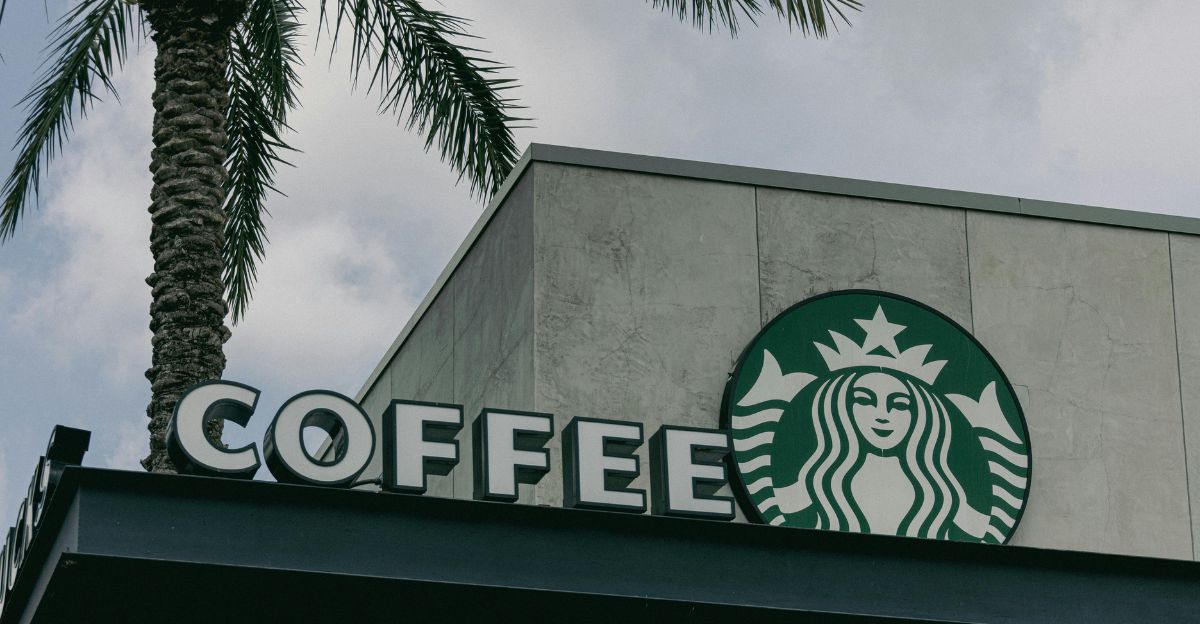
Over the years, Starbucks has turned into more than just a coffee shop; it’s a cultural phenomenon. This chain has a diverse menu, personalized digital experiences, and a strong rewards program, which has helped it maintain steady growth over the years despite fierce competition. Starbucks’s ability to innovate by offering everything from cold brews to plant-based choices ensures that it remains successful.
4. Cava
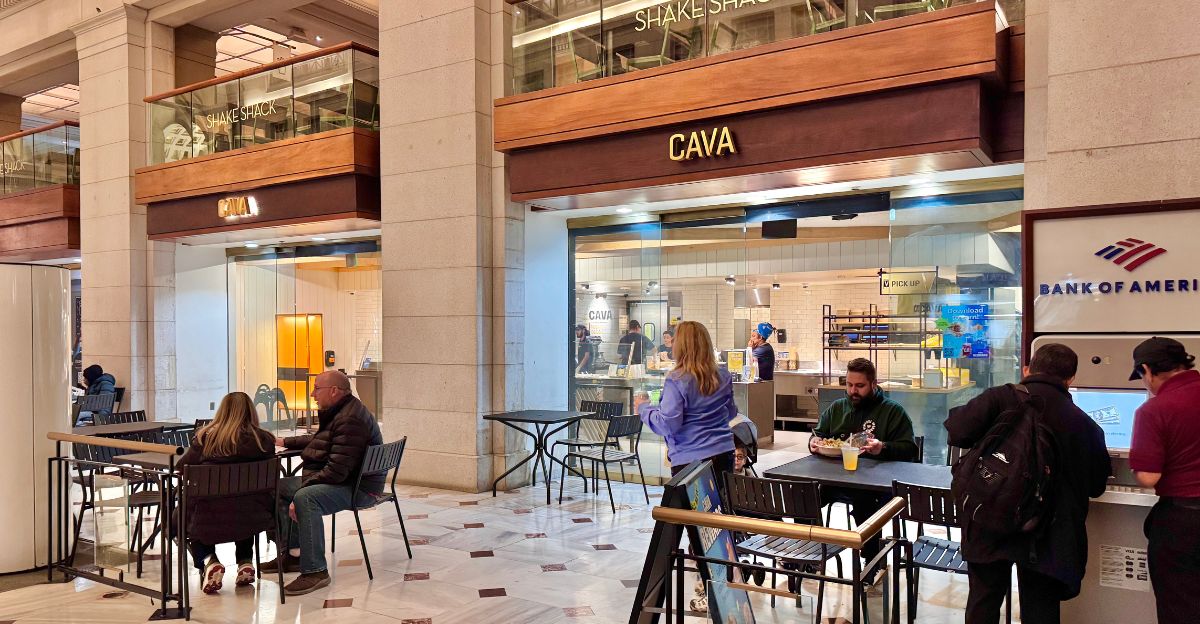
Cava has been around since 2006 and has redefined fast-casual dining with its Mediterranean-inspired bowls and health-conscious options. The chain has grown swiftly due to its streamlined operations and strong demand from health-conscious consumers. It prioritizes fresh ingredients and customizable meals, which its fans absolutely love.
5. Raising Cane’s
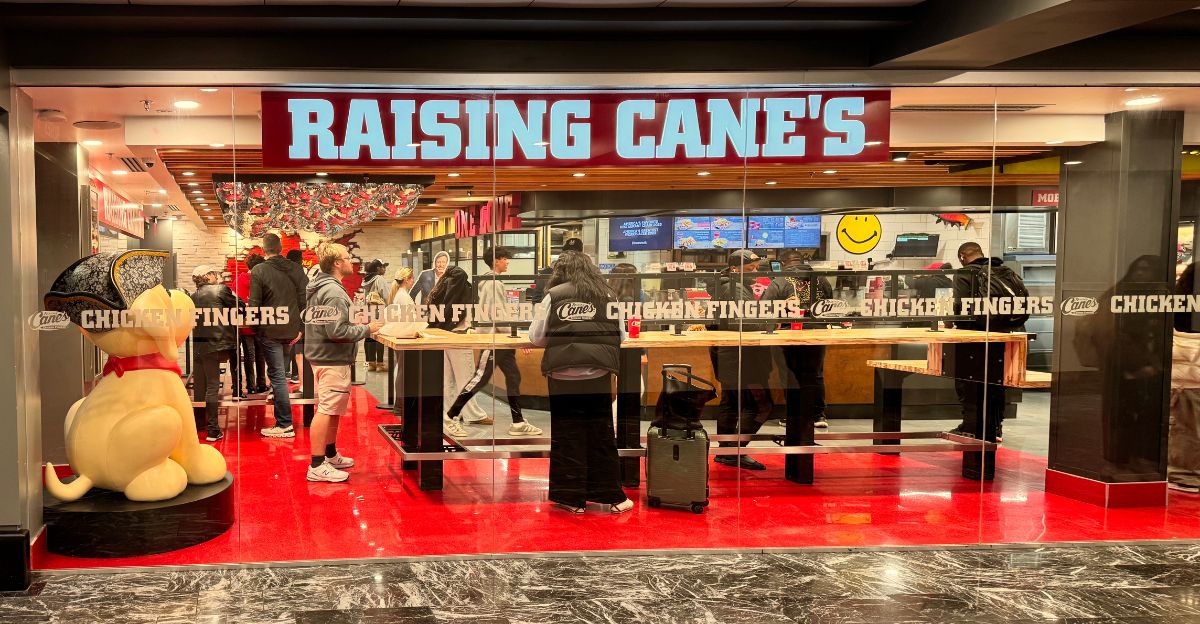
Raising Cane’s is another fan favorite because of its simple menu of chicken fingers, crinkle-cut fries, and signature sauce. In 2024, this restaurant opened more than 100 new locations, proving just how successful it is. Raising Cane’s focus on quality, consistency, and energetic branding has helped it stand out in the fast-food world.
6. Shake Shack
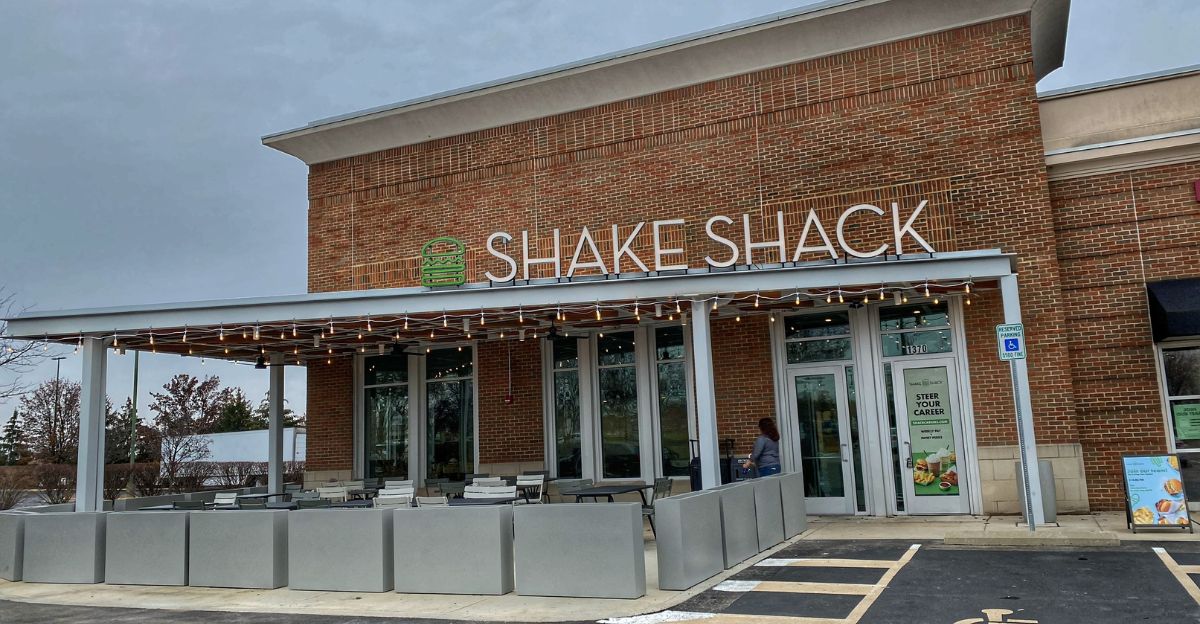
Shake Shack’s modern approach to classic American favorites has contributed to its rapid growth over the years. In 2024, it increased its footprint by a whopping 15%, and it is still expanding domestically and internationally. This brand is known for its premium ingredients, innovative partnerships, and menu updates, which have kept customers coming back.
7. Taco Bell
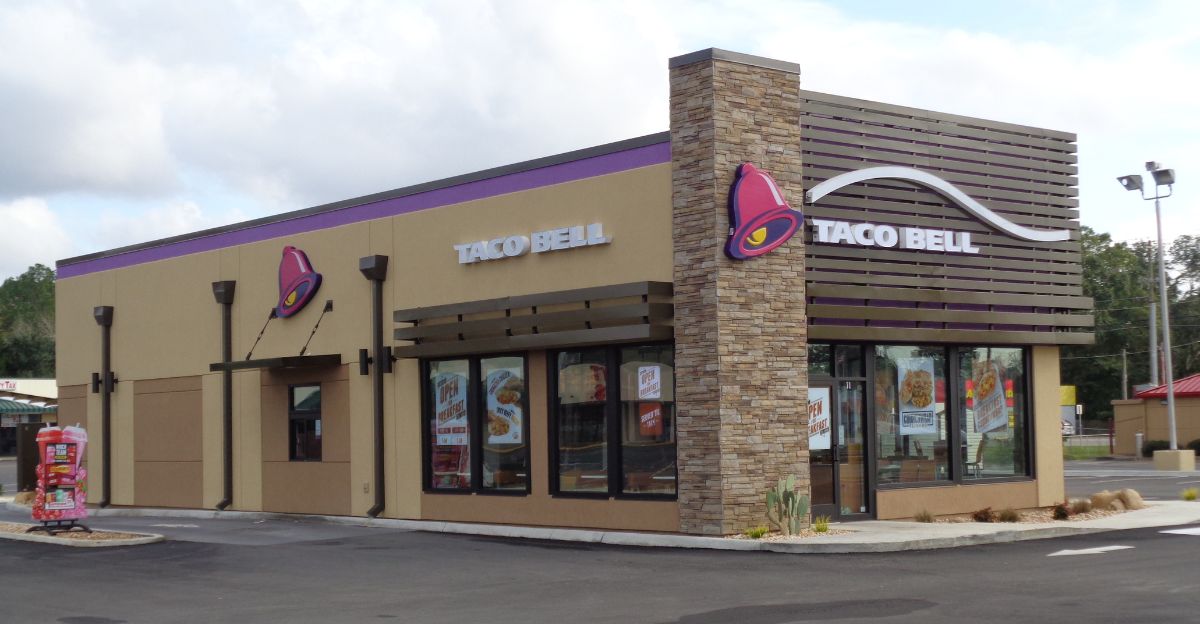
Taco Bell has been around for over 60 years, and it looks like it won’t be disappearing anytime soon. This chain thrives on creativity and is constantly rolling out new delicious flavors and limited-time options that generate a lot of excitement. Taco Bell’s ability to adapt by introducing new vegetarian options and digital ordering has helped it maintain a strong presence.
8. Culver’s
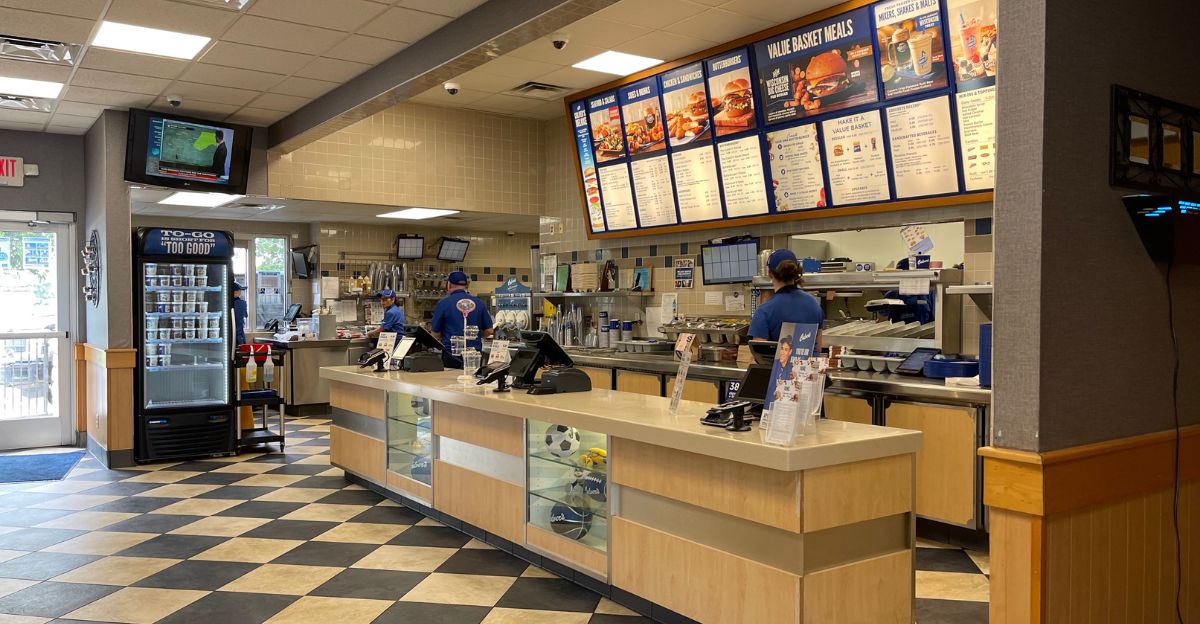
Culver’s is another fan favorite that has earned a name for itself with its delicious ButterBurgers and frozen custard. It is steadily expanding beyond its Midwest roots. This chain already has nearly 1,000 locations, with many more opening each year. Its blend of comfort food and friendly service is winning over new markets and fans all over America.
9. Dave’s Hot Chicken
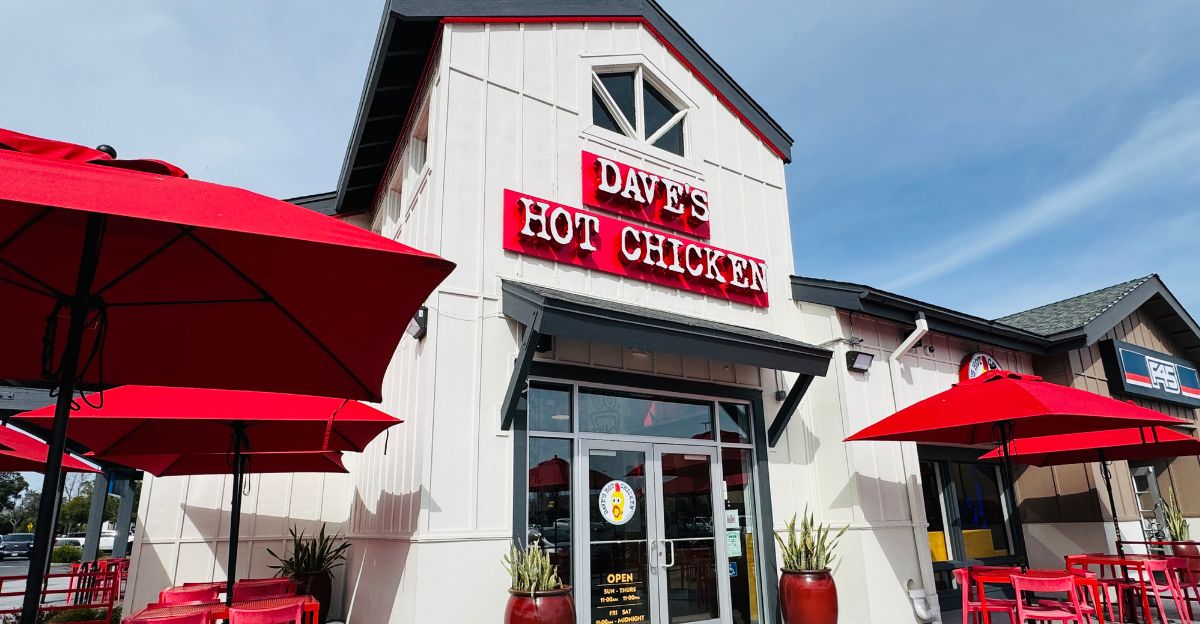
Dave’s Hot Chicken started as a small pop-up shop but has since exploded onto the fast-food scene with more than 700 locations in development. This is largely due to social media buzz, celebrity endorsements, and the restaurant’s delicious spicy chicken sliders. It seems that Dave’s Hot Chicken is here to stay.
A System Under Strain

Beyond these few brands, the entire fast food model seems to be cracking. Rising wages, staffing shortages, delivery app fees, and shifting consumer habits are squeezing margins from every angle. Chains that once relied on cheap labor and high volume now face a market demanding healthier options, faster service, and better treatment of workers. It’s not just that old brands are fading, it’s that the rules of survival are being rewritten in real time.
The Extinction Event: What’s Really Vanishing

This isn’t just about burgers or subs. As over 1,000 fast food locations vanish each year, communities are losing more than meals. These places once offered first jobs, affordable dinners, and social gathering spots. In rural and low-income areas, they acted as anchors. The fast food collapse leaves behind more than empty buildings, it leaves holes in the rhythms of everyday American life.
Discover more DIY hacks and style inspo- Follow us to keep the glow-up coming to your feed!
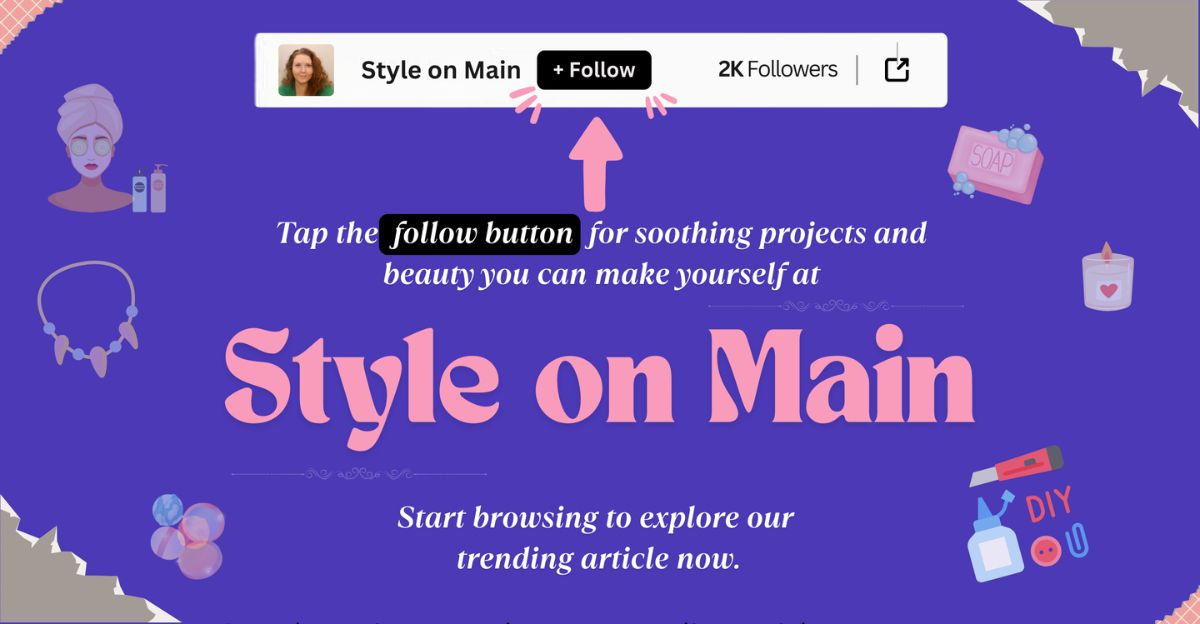
Love content like this? Tap Follow at the top of the page to stay in the loop with the latest beauty trends, DIY tips, and style inspo. Don’t forget to share your thoughts in the comments — we love hearing from you!